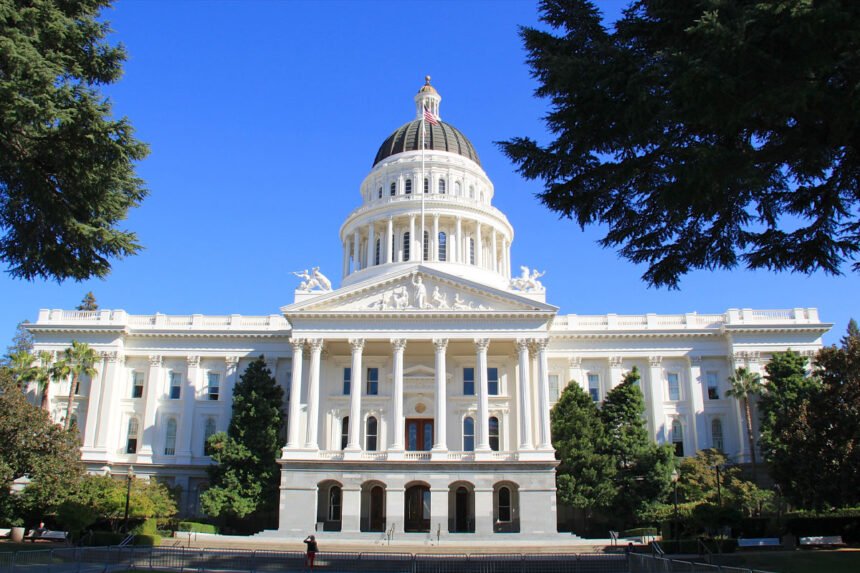California has always been at the forefront of public health initiatives, and its recent actions regarding the sale of flavored vape and tobacco products are no exception. The state’s decision to ban the in-store sale of these products is a significant move that has sparked both support and controversy. Here, we delve into the details of the ban, its enforcement, and the broader implications for public health and the vaping industry.
Understanding the Ban
Effective from December 21, 2023, California banned in-store sales of flavored vape products, including those with or without nicotine. The legislation, Proposition 31, was overwhelmingly approved by California voters, reflecting a strong public mandate. The law prohibits the sale of flavored nicotine pouches, lozenges, smokeless tobacco, menthol cigarettes, and flavored small cigars, with exemptions provided for hookah tobacco, premium cigars, and pipe tobacco.
The ban does not extend to online sales, although some California cities and counties have their own regulations prohibiting these as well. Furthermore, a federal law disallows the shipment of most vape products through the U.S. Mail, and major carriers like UPS and FedEx have also stopped delivering vape products.
Enforcement and Legal Challenges
Following its approval, the law faced an immediate challenge in federal court by R.J. Reynolds and other stakeholders. This attempt to obtain an injunction from the Supreme Court ultimately failed, allowing California to enforce the ban as planned.
Retailers found violating the ban can be fined up to $250 per violation, a penalty that aligns with the state’s Stop Tobacco Access to Kids Enforcement (STAKE) Act. This is designed to deter sales to minors and uphold the integrity of the ban.
Public Health Perspectives
The primary rationale behind the ban is public health, particularly the health of minors who may be drawn to flavored vape products. Advocates argue that flavors like menthol and candy mimic sweets and can lead to increased usage among young people, potentially serving as a gateway to nicotine addiction and subsequent tobacco use.
Support for the Ban
Proponents of the ban, including influential figures like Michael Bloomberg, argue that flavors in vape products are a deliberate tactic to attract younger users. They cite studies showing a rise in vaping among teens and the potential health risks associated with nicotine addiction and inhalation of chemical substances found in vape products.
Opposition to the Ban
Critics, however, contend that the ban may push adult users of flavored vape products back to more harmful traditional tobacco products. Additionally, they argue that the ban could fuel a black market for flavored vape products, potentially exposing users to even greater risks. They also highlight that FDA-authorized non-combustible nicotine products used as smoking cessation aids could be unnecessarily restricted by such bans.
Economic Implications
The vaping industry, which includes manufacturers, retailers, and consumers, is facing significant changes as a result of this ban. Retailers who previously depended on the sale of flavored products may suffer economic losses, while manufacturers may need to adjust their product lines to comply with the new regulations.
Legal and Regulatory Considerations
The legal tug-of-war between the state and the vaping industry underscores the complex regulatory environment surrounding vaping. While the Supreme Court’s decision upholds the state’s right to enforce public health laws, it also reflects the ongoing debate over how to balance individual choice with collective well-being.
The Loopholes and Enforcement Challenges
Despite the ban, researchers have noted an increase in online sales of flavored tobacco products, indicating that consumers are finding ways to circumvent the ban. This raises questions about the effectiveness of the ban and the challenges in enforcing it, especially when online sales remain legal and accessible.
The Future of Vaping Regulation
California’s ban is part of a broader trend toward stricter regulation of vaping products. As public health data continues to evolve, we may see more states and countries following California’s lead, especially if the ban demonstrates a measurable impact on reducing youth vaping rates.
Conclusion
California’s ban on in-store sales of flavored vape and tobacco products is a bold step in the effort to curb nicotine addiction and protect public health. While it is supported by many health advocates, it also faces criticism and legal challenges from the vaping industry and some consumer groups. The ban’s effectiveness will be closely monitored and will likely inform future policies on vaping and tobacco sales both within and beyond California. As the dust settles, it remains to be seen how the ban will influence the habits of smokers and vapers, the vaping industry, and the ongoing debate on public health versus personal freedom.

q3gdo6